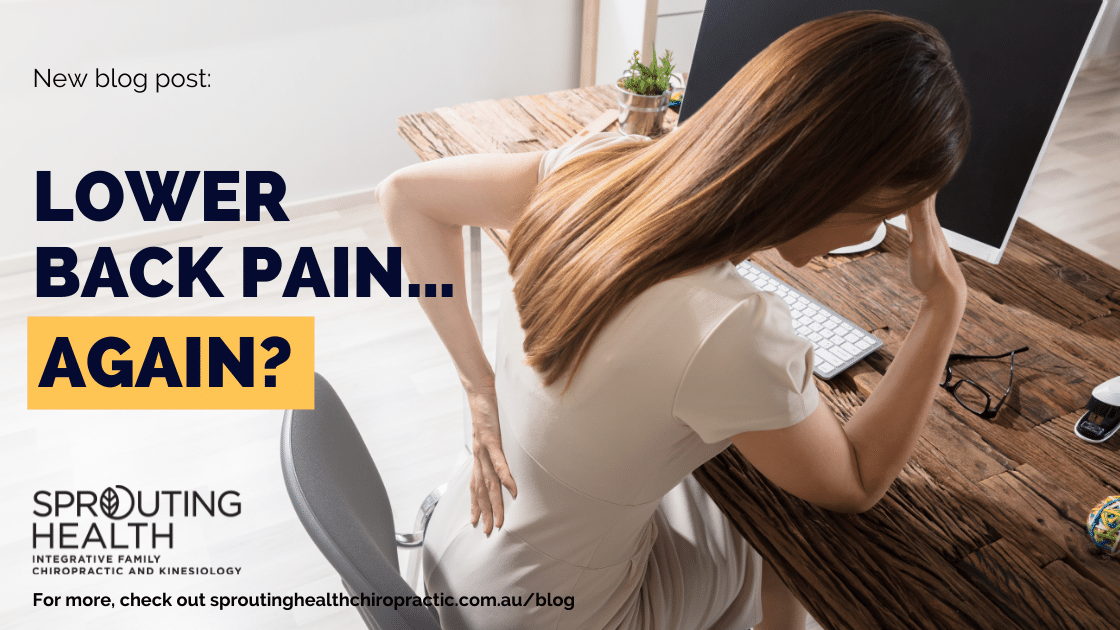|
Seriously? Low back pain (LBP) again? Well, yes, given the prevalence and significance of the problem in today’s society. In a recent study from 2019, the prevalence of LBP ranged from 1.4-20%, with risk factors reported as age, seg, race, activity intensity or physicality, spinal loading, lifting bending or twisting. (1) In 2020, another study highlighted the increase in LBP from 1990 to 2017 from 377.5 million people to 577 million people globally. (2) In the first instance of LBP, when it is in the acute phase, most people will improve with ease within the first month and continue to experience small, but incremental improvements up to 3 (sub-acute phase) months on average. At this point, a lot of people stall in their recovery and will often have a relapse within 12 months (chronic phase). (3-4) There have been a few brand-new studies released (this year) looking into LBP and its response to chiropractic care. These studies looked at changes of inflammatory markers in the blood, changes in pain sensitivity, and distortion in sense of effort. (5-7) It was shown that there were significant reductions in some of the inflammatory markers for patients suffering with non-specific low back pain in both the acute and chronic stages over a short course of treatment. this study also found a significant reduction on pain and disability score for all LBP patients. (5) Patients with a low pain threshold for mechanical pressure who received spinal manipulative therapy at their most pain-sensitive segment were observed to have a significant improvement in their pain threshold. This represents a neurophysiological response of decrease in mechanical pain sensitivity. (6) Finally, those suffering with chronic LBP were consistently found to be unable to generate accurate forces with their trunk extensors, and that it would deteriorate with further exertion. This means that the participants in this study with chronic LBP were consistently overestimating the amount of extension force they were generating, and therefore, exhibiting a lack of proprioceptive control of their low back musculature. (7) While these studies represent exiting new developments in research, more is required to identify and elucidate specific mechanism that are being observed. So, if you are suffering with LBP, or know someone who is, consider that these studies have shown chiropractic care could provide a decrease in inflammation, a decrease in mechanical pain, and that those with chronic low back pain lack appropriate control of their low back muscles. References
0 Comments
Leave a Reply. |
AuthorBlogs by the team at Sprouting Health Archives
July 2024
Categories |


 RSS Feed
RSS Feed
